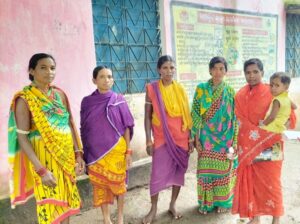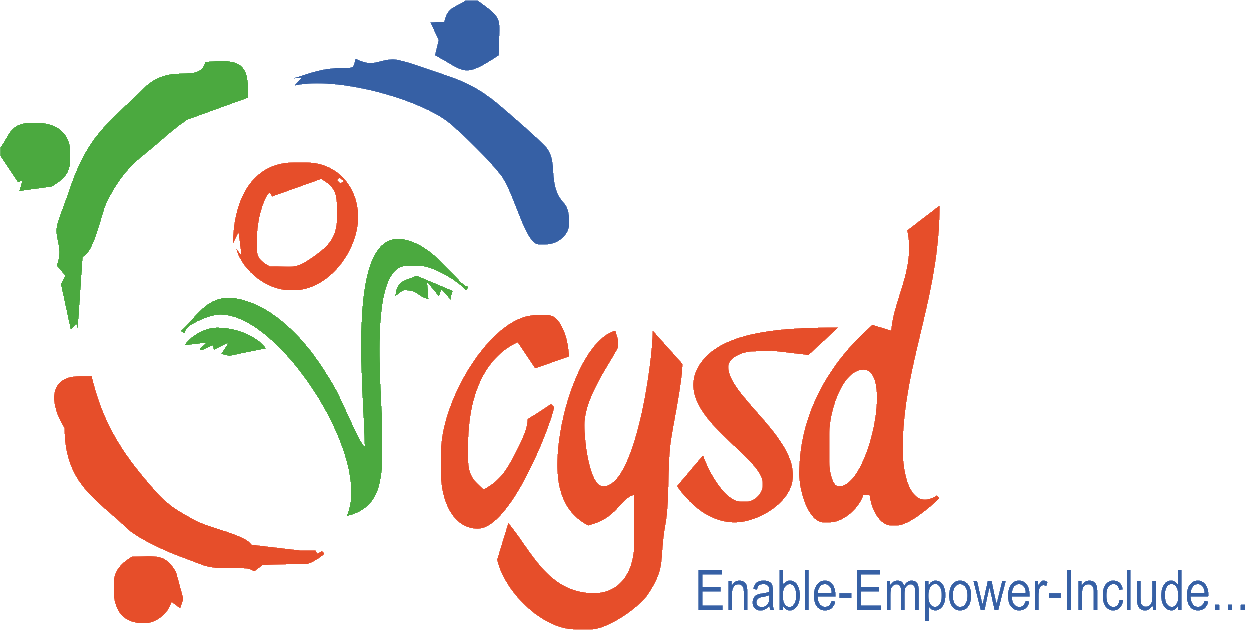Dhramnendra’s will to reach the last mile
Patiapadar is a small, remote village situated within the Kathapadagram panchayat of the Boipariguda block in Koraput district. The challenging terrain in this region renders the village virtually inaccessible for most of the year, particularly during the rainy season. Unfortunately, government schemes and policies rarely extend their reach to this village. With approximately 75 households, the nearest health facility is located 28 kilometers away, and the nearest school is 5 kilometers away from the village. This isolation not only disconnects the village from government initiatives but also deprives its residents of essential services such as healthcare and education.
The residents of this village primarily rely on small-scale and subsistence farming as their main source of income. However, even farming is restricted to a single annual harvest due to the absence of adequate irrigation facilities. Consequently, for the remainder of the year, most villagers are compelled to seek daily wage labor opportunities elsewhere.
 The community and citizen leader of Patiapadar is Dharmendra, a 25-year-old farmer. He has actively engaged in identifying the numerous challenges faced by the villagers and working towards potential solutions. Dharmendra expressed his concerns, stating, “The residents of this village encounter several difficulties, ranging from an unstable income to the inability to access government schemes and policies. These circumstances have kept the people of this village in isolation. Witnessing the struggles of the villagers, I have always aspired to make a positive difference for them. My opportunity to do so arose through CYSD when I became a community leader.”
The community and citizen leader of Patiapadar is Dharmendra, a 25-year-old farmer. He has actively engaged in identifying the numerous challenges faced by the villagers and working towards potential solutions. Dharmendra expressed his concerns, stating, “The residents of this village encounter several difficulties, ranging from an unstable income to the inability to access government schemes and policies. These circumstances have kept the people of this village in isolation. Witnessing the struggles of the villagers, I have always aspired to make a positive difference for them. My opportunity to do so arose through CYSD when I became a community leader.”
In this village, Dharmendra emphasized that community mobilization has posed a significant challenge. He explained that people in the village often lack alternative livelihood opportunities, leading them to migrate as daily wage laborers during the non-agricultural season. Dharmendra shared the common question he encounters when persuading them to stay, saying, “Whenever I try to convince them not to leave the village in search of livelihood, I always get the same question: ‘What other options do we have to earn a living?'”
Through the intervention of CYSD, Dharmendra identified individuals eligible for various pension schemes and ensured they received these benefits. During this process, he also encountered issues related to Aadhar linkage and the lack of proper documentation. Dharmendra took it upon himself to address these issues and raise awareness within the community about the importance of having the necessary documents.
 However, Dharmendra’s primary focus is on addressing the central issue: preventing villagers from leaving in search of livelihood opportunities elsewhere. He expressed his goal, stating, “I aspire for our people to remain in the village, earn their livelihood here, and actively contribute to the village’s development. My aim is to assist them in creating sustainable livelihood opportunities that provide a stable income throughout the year.” Dharmendra’s determination to enhance the quality of life for his fellow villagers reflects his commitment to fostering lasting positive change within the community.
However, Dharmendra’s primary focus is on addressing the central issue: preventing villagers from leaving in search of livelihood opportunities elsewhere. He expressed his goal, stating, “I aspire for our people to remain in the village, earn their livelihood here, and actively contribute to the village’s development. My aim is to assist them in creating sustainable livelihood opportunities that provide a stable income throughout the year.” Dharmendra’s determination to enhance the quality of life for his fellow villagers reflects his commitment to fostering lasting positive change within the community.
Dharmendra shared a remarkable incident from his experience, highlighting how he played a crucial role in saving the life of a 2-year-old child suffering from a heart ailment. He recounted the event, saying, “In May of this year, we became aware that a 2-year-old in our village was going through a severe heart ailment, requiring urgent medical attention. We took her to the Community Health Centre (CHC), where she was referred to the District Hospital for more advanced treatment. During this process, it came to light that the child did not have a birth certificate, making her family ineligible for government assistance.”
 With very little time to spare, Dharmendra needed to act quickly. He approached the ASHA worker in his village to initiate the birth certificate application process, only to discover that the baby’s birth had not been officially registered. Dharmendra recounted, “The baby’s health was deteriorating rapidly, and time was running out. I immediately initiated the process to obtain the baby’s birth certificate. With the assistance of a legal advocate, we obtained an affidavit. This was submitted to the district collector’s office, and the process had begun. Within two weeks, the birth certificate was granted. It was then issued at the hospital, and the operation was successful. The baby is now healthy and hailing. I am incredibly grateful to have been part of a life-saving endeavor,” Dharmendra expressed.
With very little time to spare, Dharmendra needed to act quickly. He approached the ASHA worker in his village to initiate the birth certificate application process, only to discover that the baby’s birth had not been officially registered. Dharmendra recounted, “The baby’s health was deteriorating rapidly, and time was running out. I immediately initiated the process to obtain the baby’s birth certificate. With the assistance of a legal advocate, we obtained an affidavit. This was submitted to the district collector’s office, and the process had begun. Within two weeks, the birth certificate was granted. It was then issued at the hospital, and the operation was successful. The baby is now healthy and hailing. I am incredibly grateful to have been part of a life-saving endeavor,” Dharmendra expressed.
Dharmendra’s heroic actions received substantial recognition, with extensive media coverage on TV channels and in newspapers, underscoring the importance of his life-saving endeavors.
He also emphasized the need for a well-structured plan of action to raise awareness among people about their entitlements. “My sole objective is to ensure that government policies reach the remotest villages like ours, and it is imperative that people are informed about their entitlements,” he added. Dharmendra’s dedication to bridging the gap between government policies and his commitment to empowering his community and ensuring they receive the support and benefits they are entitled to.
